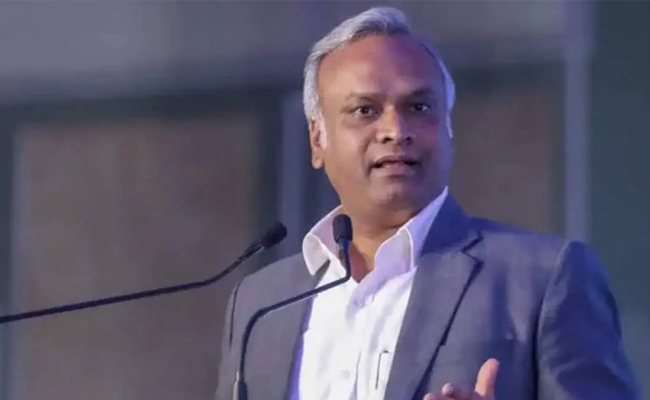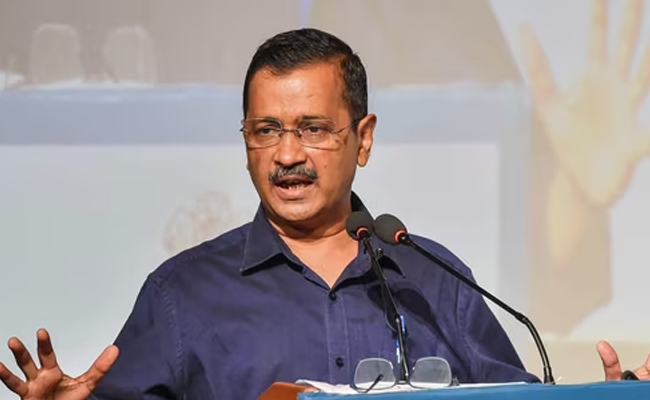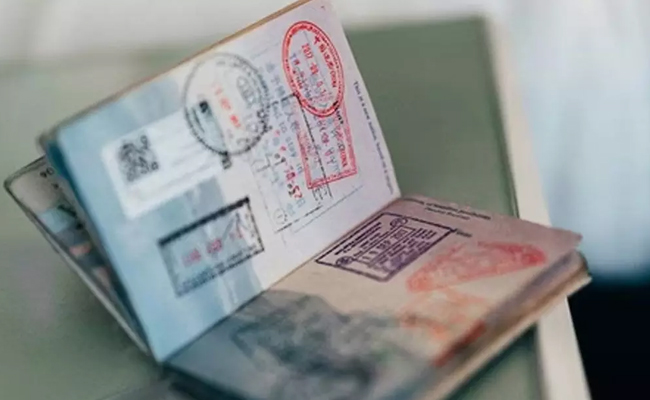A Chief Justice of India, like Caesar’s wife should be above suspicion. But certain recent developments in India’s Supreme Court, the latest being the inordinate delay and repeated adjournments in hearing the Ram Janmabhumi case,( fixing dates for fixing a date etc) has caused murmurings and raised questions about the conduct of the present Chief Justice of India, which are best answered and cleared up by him himself.

(Justice Markandey Katju)
As a former Judge of the Supreme Court I am deeply concerned about what is going on in the sacred institution I had the honor of serving, and on behalf of the people of India I ask Ranjan Gogoi, the present CJI the following questions which he should publicly answer. After all, in a democracy the people are supreme, and all state authorities and institutions (including even the CJI) are servants of the people and accountable to them :
1. Gogoi’s daughter married the son of Justice Valmiki Mehta, judge of Delhi High Court. There were serious allegations against Valmiki Mehta, which were enquired into by the then CJI Justice Thakur and found to be true. Hence in March 2016 the Supreme Court Collegium presided over by Justice Thakur recommended transfer of Justice Valmiki Mehta to another High Court.
Usually such a recommendation is implemented by the government of India in a couple of weeks. But strangely enough in this case the Government. of India put the file containing the recommendation in the cold storage for about one year. In the meantime, the then CJI Thakur fumed repeatedly about the non-implementation of the recommendation, often in open court, and even threatened to tell the Chief Justice of Delhi High Court to withdraw judicial work from Valmiki Mehta in view of the very serious allegations against him, but all to no avail. It was only after Justice Thakur retired in January 2017, and a more amenable Justice Kehar became the CJI that the file was returned by the government to the Supreme Court (instead of forwarding it to the President of India for his signature), and thereafter the new Collegium headed by the new CJI Kehar revoked the earlier recommendation, with the result that Valmiki Mehta remains a judge of the Delhi High Court till date. What is the truth behind this mystery?
The information I have, but whose correctness or otherwise only Gogoi can answer, is this: on getting to know of the recommendation of his sambandhi’s transfer, Gogoi went to the PM Modi (or a senior Cabinet minister) and begged that Valmiki Mehta be not transferred. Since by dint of seniority Gogoi was in line of becoming a CJI, the government acceded to his request, and kept the file in cold storage, instead of forwarding it to the President of India for his signature.
If this version is correct, obviously Gogoi has taken a favor from the BJP government which he has to return, and that would explain many of the happenings in the Supreme Court.
Gogoi is now the Chief Justice of India, so all the records in the Supreme Court registry are accessible to him. Let him therefore place in the public domain (1) the recommendation of the Collegium headed by the then CJI Thakur for transfer of Valmiki Mehta (2) the letters of the then CJI Thakur to the government of India asking why the transfer recommendation was not being implemented, and the replies of the government (3) The letter of the government sending the recommendation back to the Supreme Court headed by the new CJI Kehar ( 4) The resolution of the Collegium headed by Justice Kehar revoking the recommendation for Justice Mehta’s transfer
2. The son of Valmiki Mehta (son-in-law of Gogoi) is a lawyer. It is believed his practice and income suddenly soared by leaps and bounds after his marriage. So, let Gogoi mention what was his son-in-law’s income before and after his marriage
3. Three judges of Delhi High Court, Justice Pradeep Nandrajog (presently CJ Rajasthan High Court), Justice Gita Mittal (presently CJ J&K High Court) and Justice Ravindra Bhat, who were all senior to Justice Sanjiv Khanna in Delhi High Court were superseded. Why? I was Chief Justice of Delhi High Court, and personally knew that all 3 (who were puisne judges of the High Court at that time) had impeccable records of integrity and competence, and in fact Justice Nabdrajog had been recommended by the Supreme Court Collegium which met on 12.12.2018 to be elevated to the Supreme Court. That recommendation had been signed by all 5 of the Collegium members, but thereafter CJI Gogoi simply pocketed the recommendation paper and did not send it to the Government of India, as is usually done. Why ? I spoke to Justice Lokur who was in that Collegium (and was next in seniority after Gogoi) and he told me that after the recommendation was made and signed, he telephoned Gogoi’s residence repeatedly to ask whether the recommendation had been forwarded to the government, but every time some secretary would pick up the phone and say that the CJI was not well, and Gogoi never returned the call. Later, Gogoi said that the recommendation had not been sent to the government because consultation with the consulting judges had not been done, though such consultation takes only a day or two (as I know from personal experience ).
This supersession of three meritorious judges reminds one of the supersessions of three senior Supreme Court judges by Indira Gandhi’s government, and it has sent a very wrong message throughout the judiciary, apart from having a very demoralizing effect on those three judges. A senior Supreme Court lawyer has in fact insinuated that it was done at the behest of the BJP government. There were no doubt other judges in the Collegium which recommended Justice Khanna, but they weakly surrendered to Gogoi who bulldozed Justice Khanna’s name offering little resistance ( as I was informed by several Supreme Court Judges whom I personally contacted and spoke to ).
If there was anything against these 3 judges senior to Justice Khanna the public is entitled to know. If there was nothing against Justice Nandrajog on 12.12.2018 when the then Collegium recommended his name for elevation, did something crop up within 3 weeks? It is all a mystery.
Moreover, Justice Maheshwari, who has now been elevated, had been specifically rejected by the Collegium which met on 12.12.2018 (as Justice Lokur who was on that Collegium informed me). Did he suddenly become competent within three weeks ?
4. Why is the Ramjanmabhumi case being adjourned again and again on one pretext or the other? And why are dates being fixed for fixing a date? Again, a mystery. Is this some kind of quid pro quo? Only Gogoi can answer.
[Justice Markandey Katju is former Judge, Supreme Court of India and former Chairman, Press Council of India. The views expressed are his own]
courtesy : indicanews.com
Let the Truth be known. If you read VB and like VB, please be a VB Supporter and Help us deliver the Truth to one and all.
Bengaluru (PTI): Karnataka will host India's "first commercial quantum computer", with the state government announcing its deployment at the IIIT-Dharwad, Minister Priyank Kharge said on Thursday.
The move is seen as a major step towards positioning Karnataka as a national hub for advanced quantum technologies, the state IT/BT minister said.
The announcement followed separate meetings held by Priyank with Bengaluru-based deeptech firm QpiAI and Singapore-based water technology company ZWEEC, focusing on cutting-edge innovation and rural infrastructure solutions, according to a press release.
"Karnataka is moving decisively in the quantum space. The deployment of India’s first commercial quantum computer at the Indian Institute of Information Technology-Dharwad marks a significant milestone in building a world-class quantum ecosystem," the minister was quoted as saying.
During discussions with QpiAI, Priyank reviewed plans to deploy the country’s "first indigenously built commercial quantum computer" at IIIT-Dharwad, where the state has announced the establishment of a Centre of Excellence in Quantum AI and Computing.
QpiAI also outlined its roadmap to scale its systems from 25 qubits to a 1,000-qubit quantum computer within the next two to three years.
In a separate meeting, ZWEEC presented its advanced biomonitoring solutions for the early detection of drinking water contamination and algal blooms.
Priyank said the government would examine the feasibility of piloting the technology in partnership with the Rural Water Supply and Sanitation Department.





